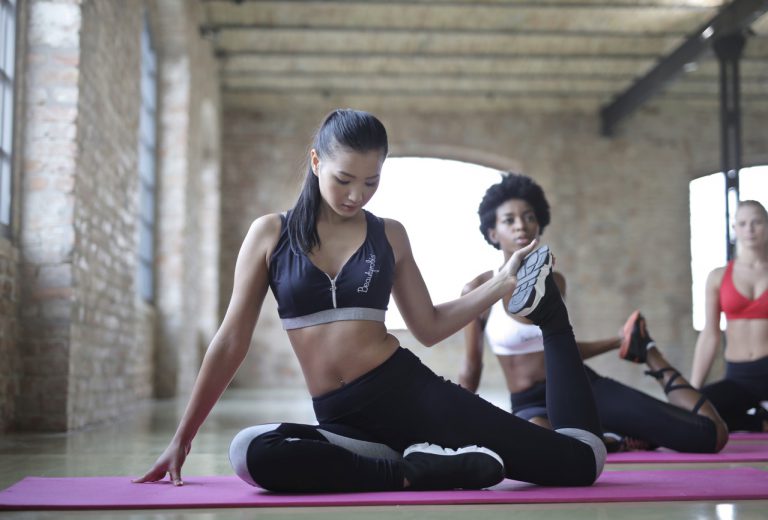The use of yoga dates back to ancient India. The word is derived from the Sanskrit word योगस्, meaning union(cognate with our own word yoke), and yoga was originally meant to be a way of uniting with the gods.
In modern times, many new types of yoga have been developed, and they have been proven to be good for the mind and good for the body. This article is devoted to one specific form known as TRX yoga.
What is TRX?
TRX is a brand of suspension exercise equipment that was developed by former Navy SEAL Randy Hetrick during the 1990s. (Hetrick also trademarked the name Suspension Training.) It consists of a band suspended from a wall or ceiling on which the person working out pulls. TRX yoga is essentially a hybrid of yoga with this form of exercise. It has become increasingly popular, especially among women. The suspension system supports many of the poses that are used in traditional yoga, but at the same time, it challenges them. This is good because it deepens each stretch and gives the entire body the workout it deserves.
Benefits of TRX yoga
Like all forms of yoga, TRX yoga increases flexibility and balance and decreases stress. Working out with a Suspension Trainer eliminates boredom and increases strength. TRX yoga thus simultaneously gives you the best of two modes of fitness training without you having to do them separately.
Some TRX yoga poses
Here are five basic TRX poses as demonstrated in a video on Fit Sugar. As with all yoga movements, it is crucial that you concentrate on your breathing while you do them.
- Hip hinge: Grab the hinges, exhale and raise one leg behind you, at the same time leaning forwards with your arms straight in front of you. Inhale, then exhale as you return to a standing position. Repeat the move with the other leg. You should feel the shoulder blades move toward the hips.
- TRX lunge/crescent pose: Put one foot behind you into one of the rings. Bend the free leg down, hands on hips, and come up again after thirty seconds. Be sure to find your center of gravity for this move, which opens up the whole hip flexor. While down, try to stretch your arms above your head. In this position, your body should resemble the shape of a crescent, hence the name of the move.
- Twisting triangle: Start with the hands on the handles and the feet hip-width apart. Put one foot behind you at an angle, the toes on the other more forward. Your goal here is to keep your hips as square as you can while you change position. Push forward so that your abdomen is parallel to the floor. Sweep one arm out to the side until it is as far around as it can go. By drawing the hands away from each other, you form two “energy lines.” Keep squeezing your feet towards each other. Slowly bring the arm back and soften the front knee. Return to standing position.
- Front squat with triceps press/chaturanga: Chaturanga is a Sanskrit word meaning four limbs. For this move, you grasp the handles with the straps under your arms. Lean forward with both feet straight behind you. Keeping that openness, bend your knees and sit your buttocks back, remaining on your toes. Push forward from this position, bending your arms as you go, then straighten them as you push your body upwards. Repeat ten to fifteen times.
- Standing backbend/supported backdrop: Lean back, grasping the handles. Extend the arms, letting the handles hold you up, and bend your head backward. The human body tends to bend where it is soft, such as at the lower back or lumbar, and refuses to do so where it is hard. Some people like to use rubber bands with cardboard stuck with glue or a 3D pixel gun to alleviate the pressure!
Starting out
Before you start a TRX yoga workout, always make sure that the Suspension Trainer is securely fastened to its point of origin so that it will be stable and hold the weight.
